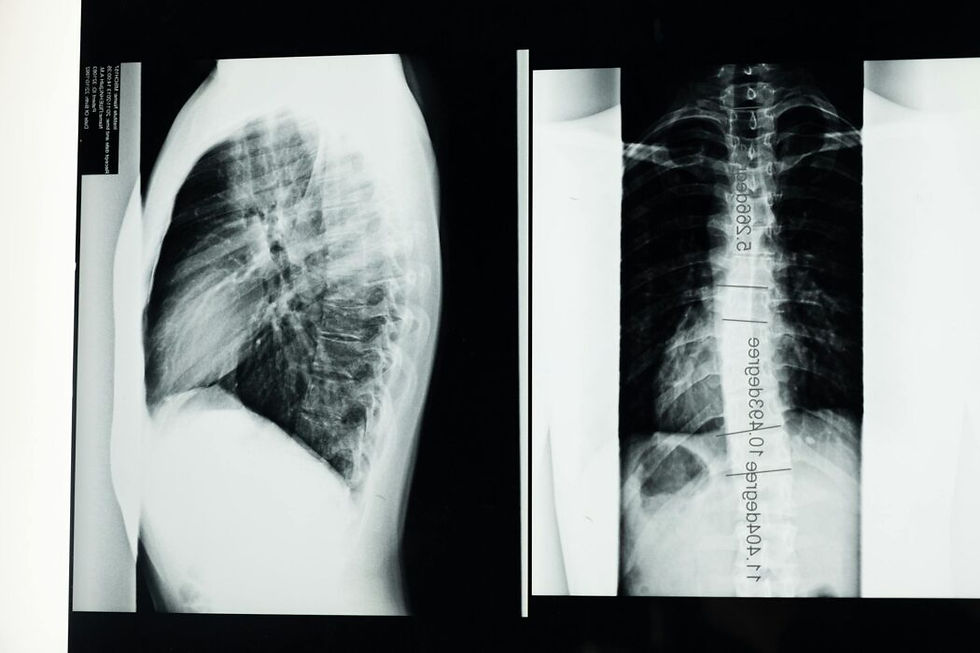Small but Mighty Heroes: Children Battling Bone Cancer
- Penny Pratt

- Apr 11
- 1 min read
Updated: Oct 23

Parents dream of watching their children grow healthy and strong. For some families, however, an unexpected diagnosis of bone cancer changes everything, replacing those dreams with doctor visits, treatments, and fear. Although rare, bone cancer in children is serious, often developing during critical stages of growth. Persistent pain, swelling, or fractures could be early warning signs of a more serious problem. Early detection, expert care, and unshakable hope are essential in this fight.






Comments